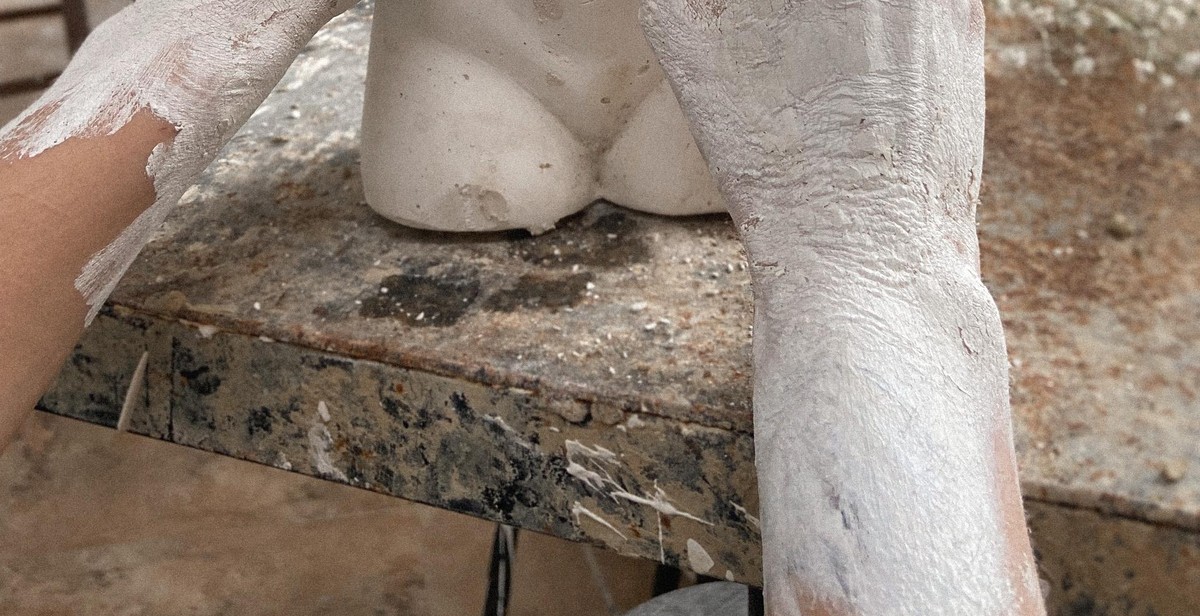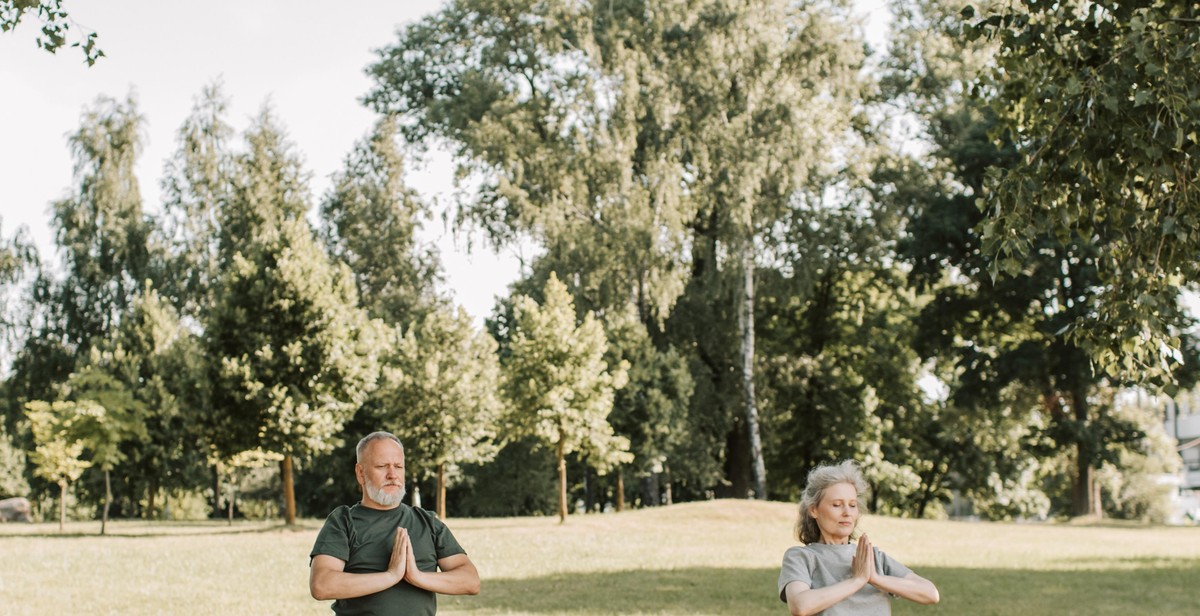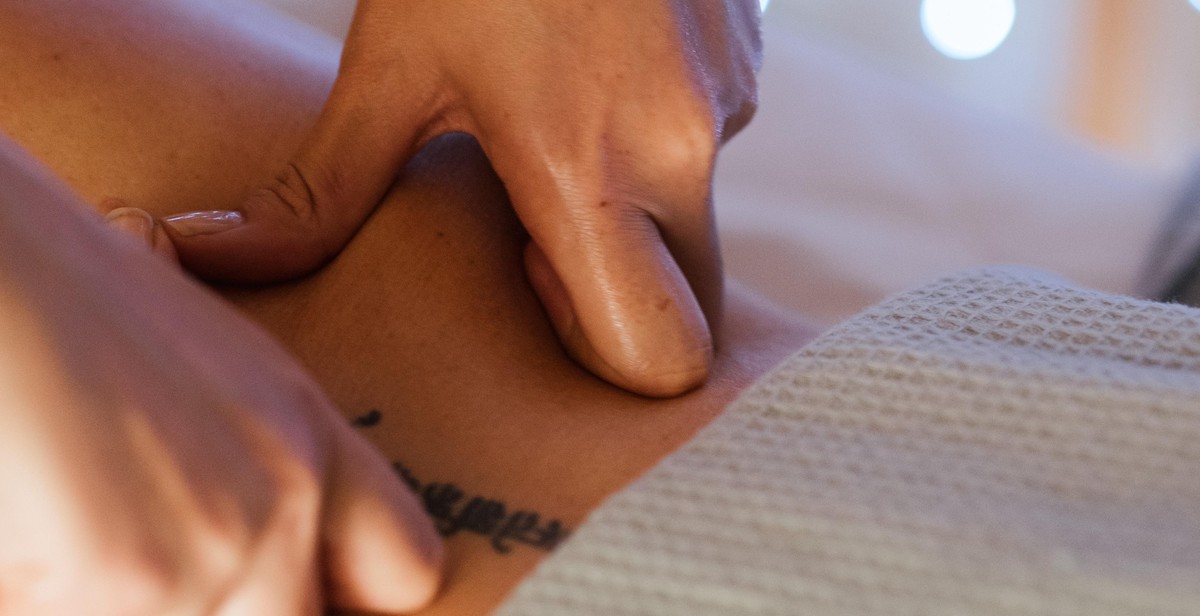How to Sing with Proper Breathing Technique: Enhancing Vocal Control and Power
Singing is an art that requires not only talent but also proper technique. One of the most important aspects of singing is proper breathing technique. Breathing is the foundation of singing, and without it, it is impossible to produce a good sound. Proper breathing technique allows a singer to have better control over their vocals and produce a more powerful and resonant sound.
Why Proper Breathing Technique is Important for Singing
When a singer takes a breath, the air travels through the windpipe and into the lungs. The lungs then expand, and the diaphragm muscle moves down, creating more space for the lungs to fill with air. This process is known as deep breathing, and it is the key to proper singing technique.
Proper breathing technique allows a singer to:
- Control the amount of air they take in and release
- Sustain notes for longer periods of time
- Produce a more powerful sound
- Prevent vocal strain and damage
Without proper breathing technique, a singer may experience shortness of breath, difficulty hitting high notes, and a weaker overall sound. Therefore, it is essential for any singer to master proper breathing technique to enhance their vocal control and power.

Understanding the Basics of Breathing for Singing
Proper breathing technique is an essential component of singing. To achieve the best results, singers must understand the anatomy and mechanics of breathing, as well as the role of the diaphragm in breathing for singing.
The Anatomy of Breathing
The process of breathing begins with the inhalation of air through the nose or mouth. The air then travels down the trachea and into the lungs, where it is exchanged for carbon dioxide during exhalation. The lungs are surrounded by a complex system of muscles, including the diaphragm, intercostal muscles, and abdominal muscles, which work together to control the flow of air in and out of the lungs.
The Mechanics of Breathing
The mechanics of breathing involve the expansion and contraction of the lungs and the movement of the diaphragm. When inhaling, the diaphragm contracts and moves downward, creating more space in the chest cavity and allowing the lungs to fill with air. During exhalation, the diaphragm relaxes and moves upward, pushing air out of the lungs.
The Role of Diaphragm in Breathing for Singing
The diaphragm plays a crucial role in breathing for singing. It is the primary muscle responsible for controlling the volume and flow of air in and out of the lungs. When singing, the diaphragm should be engaged and actively pushing air out of the lungs, creating a steady flow of air that supports the voice. By controlling the breath with the diaphragm, singers can achieve greater vocal control and power.
| Part of the Body | Function |
|---|---|
| Lungs | Exchange oxygen and carbon dioxide |
| Diaphragm | Primary muscle for controlling breathing |
| Intercostal muscles | Assist with breathing by expanding and contracting the rib cage |
| Abdominal muscles | Assist with breathing by contracting and pushing the diaphragm upward |

Techniques for Proper Breathing for Singing
Proper breathing is essential for singing. It helps to control the voice, increase power, and sustain notes. Here are some techniques for proper breathing for singing:
Belly Breathing Technique
The belly breathing technique, also known as diaphragmatic breathing, is the most common technique used by singers. It involves inhaling deeply and expanding the belly, allowing the diaphragm to move downward and create more space for the lungs to fill with air. This technique helps to control breath and produce a fuller, richer sound.
Rib Cage Breathing Technique
The rib cage breathing technique involves inhaling deeply and expanding the rib cage, allowing the lungs to fill with air. This technique helps to increase breath control and support, which is essential for sustaining notes and singing for longer periods.
Full Breathing Technique
The full breathing technique is a combination of belly and rib cage breathing. It involves inhaling deeply, expanding the belly and rib cage, and filling the lungs with air. This technique helps to maximize breath control and support, allowing for a more powerful and sustained sound.
It is important to note that proper posture is also essential for proper breathing. Standing or sitting up straight with shoulders relaxed and head held high helps to maximize lung capacity and breath control.
Practicing these breathing techniques regularly can help to improve vocal control, power, and overall singing performance.

Benefits of Proper Breathing Technique for Singing
Proper breathing technique is crucial for singers to achieve their full potential. Here are some of the benefits of using proper breathing technique:
Enhanced Vocal Control
Proper breathing technique allows singers to have greater control over their voice. When breathing properly, singers can control the amount of air that is released when singing. This allows them to produce more consistent and controlled sounds, resulting in a better overall performance.
Increased Vocal Power
Using proper breathing technique can also increase a singer’s vocal power. When breathing properly, singers can take in more air and release it more efficiently. This results in a stronger and more powerful voice, allowing them to hit higher notes and hold notes longer.
Improved Pitch and Tone
Proper breathing technique can also improve a singer’s pitch and tone. When breathing properly, singers can control the amount of air that is released, resulting in a more consistent and accurate pitch. Additionally, proper breathing technique can help singers produce a better tone, resulting in a more pleasing and enjoyable sound.
Reduced Vocal Strain and Fatigue
Using proper breathing technique can also reduce vocal strain and fatigue. When breathing properly, singers can use less effort to produce sound, reducing the strain on their vocal cords. This can help prevent vocal fatigue and injury, allowing singers to perform for longer periods of time without experiencing pain or discomfort.
Overall, proper breathing technique is essential for singers who want to enhance their vocal control and power, improve their pitch and tone, and reduce vocal strain and fatigue. By taking the time to learn and practice proper breathing techniques, singers can achieve their full potential and deliver exceptional performances.

Common Mistakes to Avoid while Breathing for Singing
Breathing is the foundation of singing. Proper breathing technique can significantly enhance your vocal control and power. However, many singers make mistakes while breathing, which can negatively impact their performance. Here are some common mistakes to avoid:
Shallow Breathing
Shallow breathing is a common mistake among singers. When you breathe shallowly, you take in less air, which can result in a weak and strained voice. To avoid shallow breathing, take deep breaths, filling your lungs completely with air. This will provide you with enough air to support your voice and create a strong, full sound.
Holding Breath
Another common mistake is holding your breath while singing. This can cause tension in your body, which can affect your vocal cords and make it difficult to produce a smooth and consistent sound. To avoid holding your breath, focus on exhaling fully after each phrase. This will help you maintain a steady flow of air and prevent tension in your body.
Breathing from Chest Instead of Diaphragm
Singers often make the mistake of breathing from their chest instead of their diaphragm. Chest breathing is shallow and can cause tension in your neck and shoulders, which can negatively impact your sound. To breathe from your diaphragm, place your hand on your stomach and take a deep breath, pushing your stomach out. This will allow your diaphragm to expand and provide you with enough air to support your voice.
- Avoid shallow breathing by taking deep breaths
- Avoid holding your breath by exhaling fully after each phrase
- Avoid chest breathing by breathing from your diaphragm

Exercises to Improve Breathing Technique for Singing
Good breathing technique is essential for singing. Proper breathing technique allows singers to control their voice, project their voice, and sustain notes for longer periods of time. Here are some exercises to improve breathing technique for singing:
Breathing Exercises with Counting
Counting is a great way to practice breathing control. Start by standing up straight with your feet shoulder-width apart. Inhale deeply for four counts, hold your breath for four counts, and then exhale for four counts. Repeat this exercise for several minutes, gradually increasing the number of counts for each inhale, hold, and exhale.
Breathing Exercises with Movement
Movement exercises can help singers learn to control their breath while singing. Start by standing up straight with your feet shoulder-width apart. Inhale deeply and raise your arms above your head. Hold your breath for a few seconds, and then slowly exhale as you lower your arms back down to your sides. Repeat this exercise several times, gradually increasing the length of your inhale and exhale.
Breathing Exercises with Singing
Practice singing while focusing on your breathing. Start by singing a simple song or vocal exercise. Inhale deeply before each phrase and exhale slowly as you sing. Focus on keeping your breath steady and controlled. As you become more comfortable, try singing longer phrases and holding notes for longer periods of time.
These exercises can help singers improve their breathing technique and enhance their vocal control and power. Incorporate them into your daily practice routine to see improvement in your singing abilities.

Conclusion:
Singing with proper breathing technique is essential for enhancing vocal control and power. By focusing on your breath and learning how to support your voice, you can improve your singing abilities and take your performances to the next level.
Remember to start by finding your natural breath and practicing deep breathing exercises to strengthen your diaphragm. Then, as you sing, focus on maintaining a steady flow of air and avoid taking shallow breaths or holding your breath. This will help you sustain notes and phrases for longer periods of time.
Additionally, incorporating exercises like lip trills and humming can help you develop better breath control and improve the overall quality of your voice. And don’t forget to stay hydrated and maintain good posture to support your breathing and vocal performance.
Overall, singing with proper breathing technique takes time and practice, but the benefits are worth it. With patience and dedication, you can develop better control, power, and range in your singing voice.
| Benefits of Proper Breathing Technique for Singing: |
|---|
| – Improved vocal control and power |
| – Increased range and endurance |
| – Better tone and quality of sound |
| – Reduced strain and fatigue on the voice |
| – Enhanced overall performance and confidence |
So, take the time to focus on your breath and incorporate proper breathing techniques into your singing practice. Your voice will thank you!
